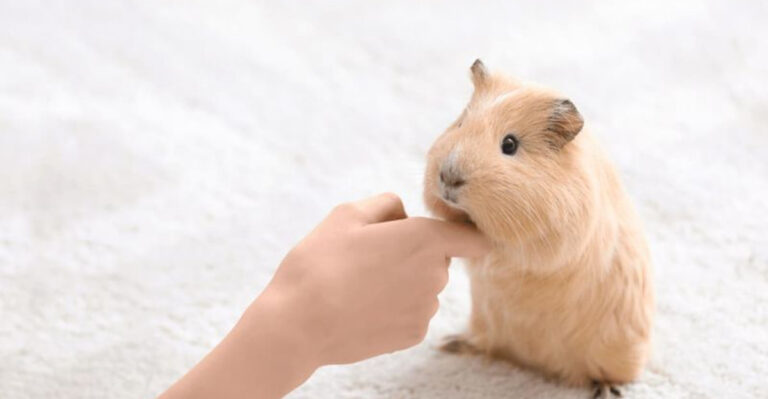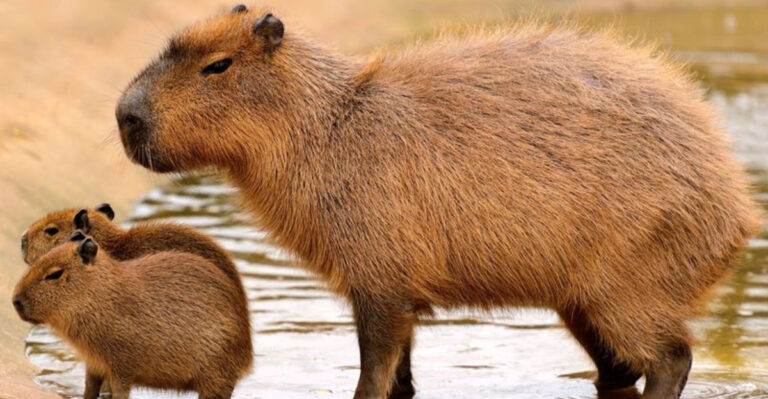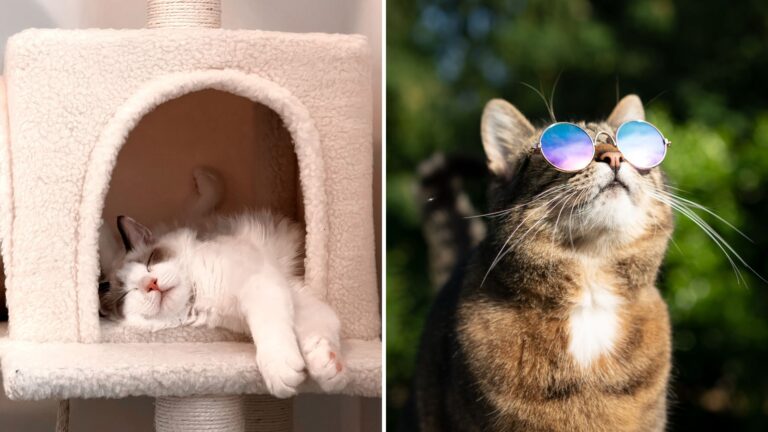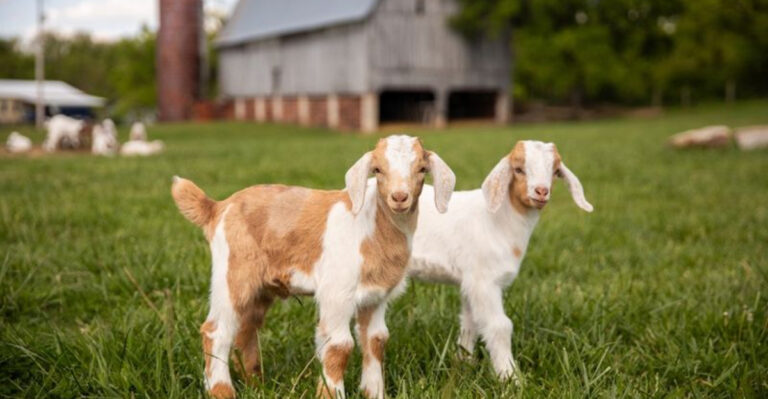8 Dog Breeds Veterinarians Wish People Would Stop Buying And 4 That Are Ideal For Busy Lifestyles
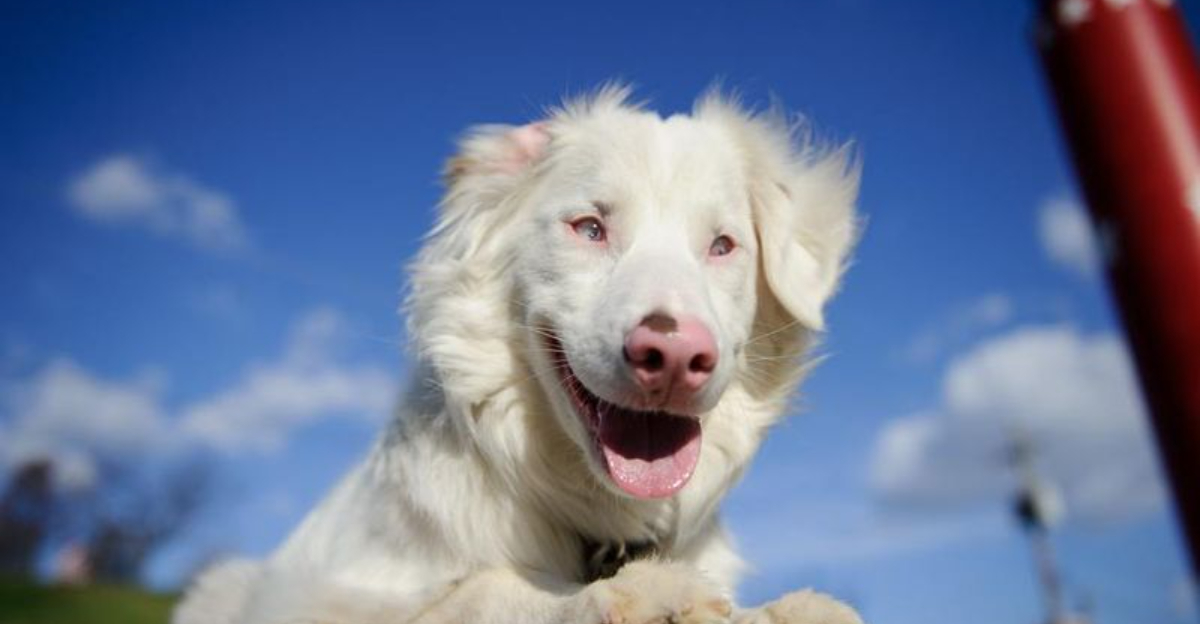
Choosing a dog isn’t just about finding a cute face – it’s about matching your lifestyle with the right breed. Vets see heartbreaking situations when families choose dogs without understanding their specific needs.
Some breeds face serious health problems or require care that many owners simply can’t provide, while others thrive even with busy humans. Let’s explore which popular dogs make vets worry and which ones might be perfect for your on-the-go life.
1. English Bulldogs

Those adorable wrinkled faces come with a lifetime of health struggles. English Bulldogs suffer from brachycephalic syndrome – their squished faces make every breath a challenge. Many need expensive surgery just to breathe normally.
Their skin folds require daily cleaning to prevent painful infections, and most can’t give birth naturally due to their body shape. Bulldogs often develop severe hip problems and allergies too.
The average Bulldog lives just 8-10 years compared to 12-15 for many breeds, and their medical bills can easily reach thousands annually. Their sweet personalities don’t make up for their preventable suffering.
2. Pugs

Behind those bulging eyes and smushed noses lies a host of painful health issues. Pugs struggle to breathe during even mild exercise, often making disturbing snorting sounds that owners mistakenly find “cute” – it’s actually respiratory distress.
Their protruding eyes easily get scratched or even pop out during play. Pugs frequently suffer from painful spine deformities and cannot regulate body temperature in warm weather.
Most develop severe dental disease because their tiny mouths can’t properly fit all their teeth. While lovable companions, their deliberately bred deformities cause lifelong suffering that no amount of personality can justify.
3. Teacup Breeds
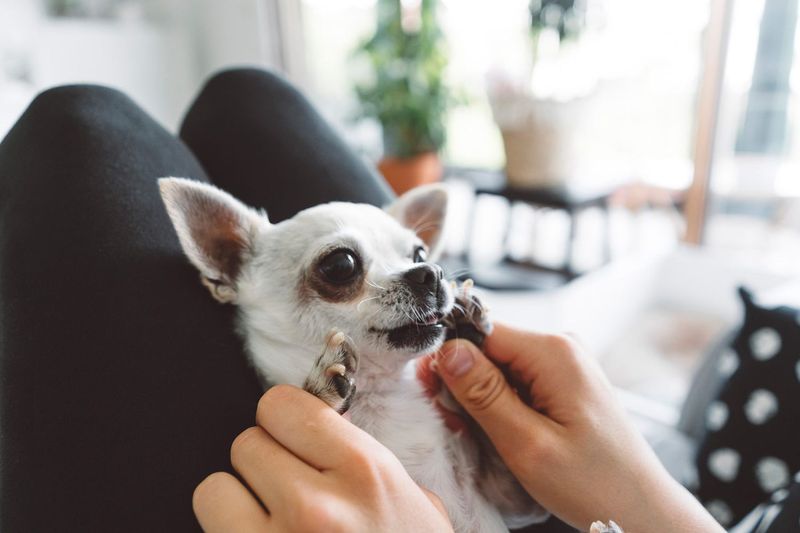
Marketed as adorable pocket-sized companions, “teacup” versions of popular breeds face devastating health consequences. These dogs aren’t natural – they’re runts deliberately bred to be unnaturally small, often weighing under 4 pounds.
Their fragile bones break easily from simple jumps off furniture. Hypoglycemia (dangerous blood sugar drops) can cause seizures or death without constant monitoring. Their tiny organs frequently malfunction, especially their livers.
Dental overcrowding leads to severe tooth decay, and heart defects are common. Most live significantly shorter lives filled with medical interventions. No reputable breeder creates these dogs – they’re purely profit-driven creations at the expense of animal welfare.
4. German Shepherds
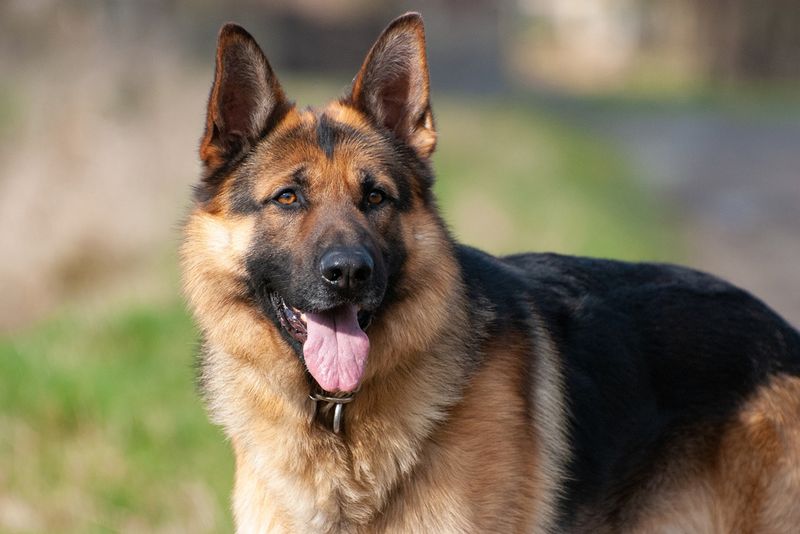
German Shepherds were built for intensive police and military work – not apartment living. Without proper mental stimulation and physical outlets, these brilliant dogs often develop destructive behaviors and anxiety that many families can’t manage.
Modern breeding has created extreme sloped backs that lead to crippling hip dysplasia. Many can barely walk properly by age 7. Their thick double coats shed constantly, covering homes in fur year-round.
These dogs need 2+ hours of intense exercise daily plus training. They’re prone to serious digestive issues and bloat that can be fatal within hours. Great dogs in the right working homes, they suffer tremendously when purchased as casual family pets.
5. Shar-Peis
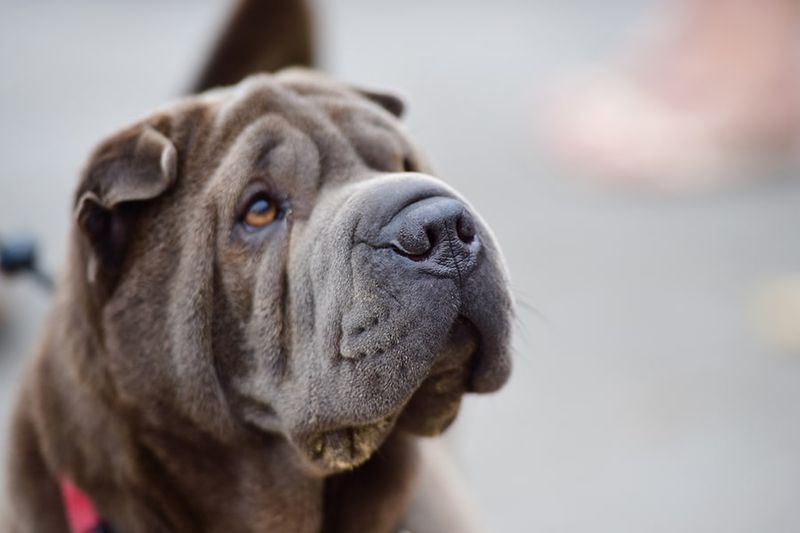
Those iconic wrinkles that make Shar-Peis so distinctive are actually the source of their misery. The deep skin folds harbor bacteria and yeast, causing chronic infections that smell terrible and cause intense itching. Most require daily cleaning of each fold.
Shar-Peis often suffer from a unique condition called Familial Shar-Pei Fever, causing painful swelling and eventually kidney failure. Their tiny ear canals become infected constantly, and many develop painful eye conditions.
Their thick, inflamed skin makes them heat-intolerant and uncomfortable year-round. While loyal, they’re also stubborn and challenging to train, making them a difficult combination of health problems and behavioral challenges.
6. Cavalier King Charles Spaniels

With their soulful eyes and gentle temperaments, Cavaliers seem like perfect companions – until heart disease strikes. Nearly ALL Cavaliers develop mitral valve disease by age 10, with many showing symptoms much earlier. Their hearts literally fail them.
Another cruel condition called syringomyelia affects many Cavaliers – their skulls are too small for their brains, causing fluid-filled cavities in the spinal cord. This creates neurological pain so severe that many scratch until they bleed.
Cavaliers also frequently suffer from severe eye problems, hip dysplasia, and ear infections. Their sweet nature makes their inevitable suffering even more heartbreaking for families who weren’t prepared for the emotional and financial toll.
7. Dachshunds

Those cute wiener-dog bodies are actually a spinal disaster waiting to happen. One in four Dachshunds will suffer from intervertebral disc disease, where discs in their unnaturally long spines rupture, causing excruciating pain and often paralysis.
Surgery for these conditions can cost $5,000-$10,000, with no guarantee of success. Many end up in wheelcarts or unable to control their bladders and bowels.
Dachshunds are also prone to painful dental disease due to overcrowding in their small jaws. Their stubborn personalities make training challenging, and many develop aggressive behaviors when in pain. While charming and spirited, their deliberately deformed bodies cause preventable suffering.
8. Merle-Patterned Dogs
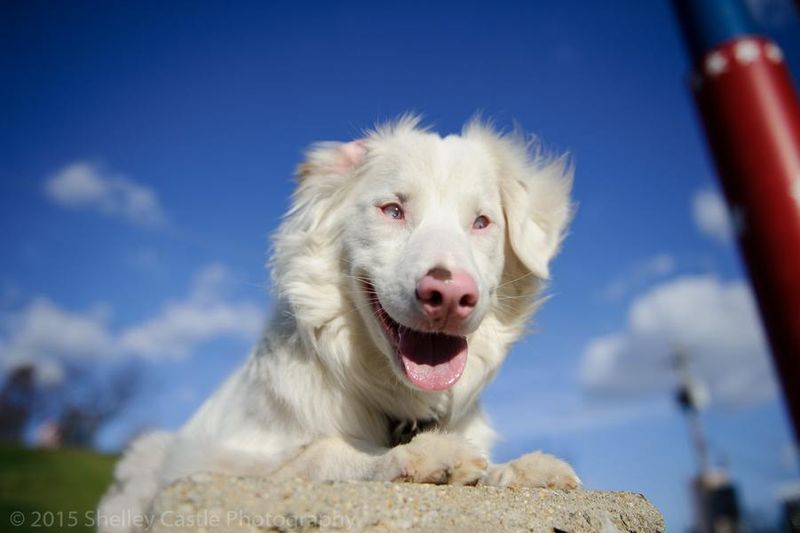
The fashionable merle coat pattern (splotchy blue or red coloring) carries a dark genetic secret. When two merle dogs are bred together, approximately 25% of puppies are born as “double merles” with devastating health consequences.
Double merles are often born deaf, blind, or both. They frequently have missing eye tissue or deformed eyes that cause constant pain. Their immune systems are often compromised, leading to shorter lifespans.
Even single-merle dogs have higher rates of eye and ear problems. The merle gene has been irresponsibly introduced to breeds that never naturally carried it, purely for profit from “rare” colors. No ethical breeder would deliberately create double merles or unusual merle combinations.
9. Greyhounds
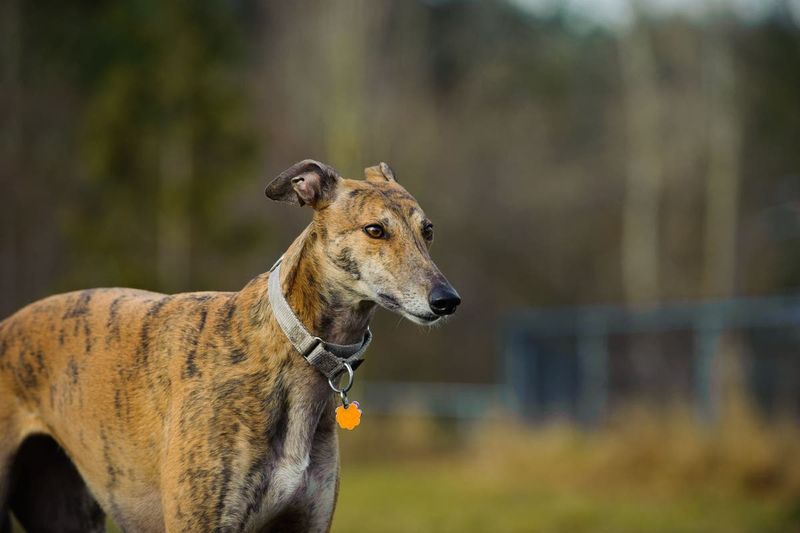
Former racing Greyhounds might surprise you – they’re actually perfect apartment dogs! Despite their athletic reputation, adult Greyhounds spend about 18 hours daily sleeping. They’re the ultimate 45mph couch potatoes.
Their exercise needs are surprisingly minimal – a couple of 20-minute walks daily plus occasional sprints at a dog park satisfy them completely. Greyhounds rarely bark and are naturally clean with minimal “dog smell.”
Their short coats require almost no grooming beyond occasional brushing. Retired racers come pre-trained and housebroken, skipping the challenging puppy phase entirely. These gentle souls adapt quickly to home life and form deep bonds with busy owners who appreciate their independent, low-maintenance nature.
10. Basenjis
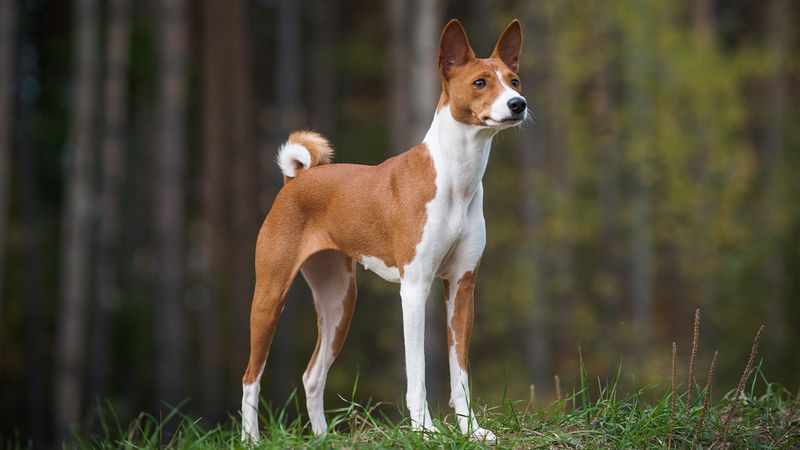
Meet the apartment-friendly dog that doesn’t bark or smell! Basenjis make unique yodel-like sounds instead of barking, making them ideal for noise-sensitive living situations. These fastidious pups groom themselves like cats, keeping clean without the dreaded dog odor.
Basenjis shed minimally and only need brief daily exercise – perfect for busy professionals. Their independent nature means they’re content entertaining themselves while you’re at work, unlike needier breeds that develop separation anxiety.
These intelligent, curious dogs have been companions to humans for thousands of years. While they have strong personalities and require consistent training, their moderate size (around 25 pounds) and adaptable nature make them excellent urban companions for active professionals.
11. Miniature Poodles

Forget those fancy show cuts – Miniature Poodles are actually brilliant, practical companions for busy people. Their non-shedding coats make them one of the few truly hypoallergenic breeds, perfect for allergy sufferers who still want a dog in their lives.
At 10-15 pounds, they’re substantial enough for active play but small enough for apartment living. Their exceptional intelligence means they learn routines quickly and can adapt to changing schedules.
Miniature Poodles excel at dog sports that provide mental stimulation without requiring hours of exercise. They’re surprisingly sturdy despite their elegant appearance and typically live 14-16 years with few health issues. Their versatility makes them ideal for singles, families, and seniors alike.
12. Bichon Frises
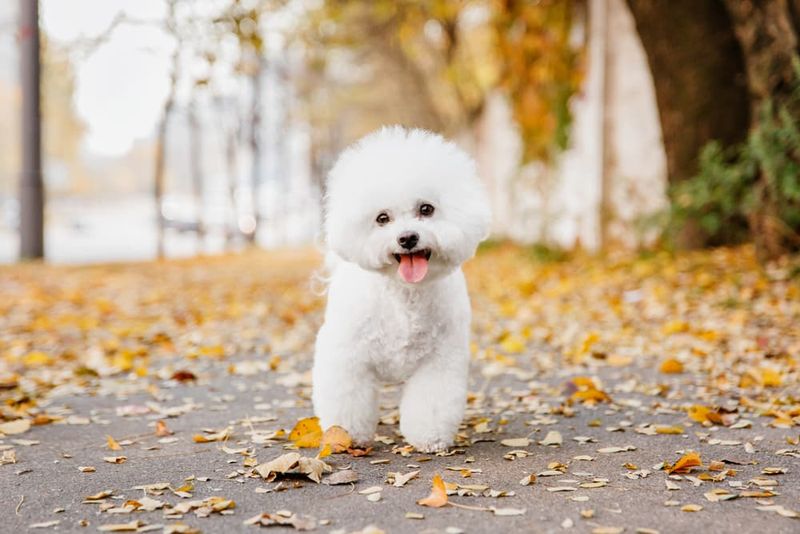
These fluffy white charmers combine the best qualities for busy households – they’re happy, adaptable, and produce minimal allergens. Bichons maintain perpetual puppy-like joy well into their senior years, bringing lighthearted energy to any home.
Their compact size (7-12 pounds) makes them easy to transport and exercise even in small spaces. Unlike many small breeds, Bichons rarely bark excessively and generally get along wonderfully with neighbors, children, and other pets.
While their white coats require professional grooming every 4-6 weeks, they shed minimally between appointments. Bichons typically live 14-16 healthy years and don’t have the extreme health issues plaguing many purebreds. Their sunny dispositions make even the busiest days brighter.


